Culturally relevant education is essential for creating a learning environment that respects and reflects the diverse backgrounds of students. This approach goes beyond simply including a variety of authors or historical figures in the curriculum. It requires a fundamental change in how education is structured, ensuring that all students see themselves represented in what they learn.
When students feel acknowledged and appreciated, their engagement and success can significantly improve, leading to a more enriching educational experience for everyone.
Imagine a classroom that feels like a vibrant garden, where every student’s unique cultural identity enhances the overall learning experience. This transformation can foster a sense of belonging and boost academic performance.
For instance, integrating local histories and cultural practices into lessons can make subjects more relatable and engaging, helping students connect personally with the material.
Creating such an inclusive atmosphere involves intentional efforts from educators, such as providing diverse resources and tailoring lessons to reflect students’ experiences.
By focusing on the varied identities of each learner, educators can cultivate a space where all students thrive and contribute to the collective knowledge of the classroom.
Understanding Cultural Relevance
Cultural relevance is vital in education, as it significantly influences how students engage with learning materials. Recognizing the impact of cultural identity on education is essential for creating an equitable learning environment. When students see themselves reflected in the curriculum, it enhances their connection to the content.
Embracing diverse experiences fosters empowerment, ensuring that everyone feels valued in the classroom. Inclusive practices are fundamental for shaping identity, allowing students to explore their backgrounds while respecting the histories of others.
When educators weave societal values and historical context into lessons, they create a curriculum that resonates with students. This connection boosts engagement and encourages community participation, strengthening relationships among students from various backgrounds.
As students progress in their education, they interact with these cultural elements, actively shaping their identities and futures. Prioritizing cultural relevance helps cultivate a sense of belonging, promoting student empowerment and enriching their understanding of the world.
Embracing this journey can significantly transform the learning experience.
Importance of Diverse Perspectives
Diverse perspectives are crucial in education, as they significantly enhance the learning experience for all participants. Embracing cultural storytelling not only acknowledges the rich narratives of different communities but also creates an inclusive atmosphere. Engaging with various identities encourages students to share their personal experiences, leading to more vibrant discussions in the classroom.
Involving the community is vital to this approach. Local voices can provide historical context and connect academic lessons to real-world applications. Global viewpoints help students grasp that education extends beyond textbooks; it encompasses the multitude of human experiences that shape our society.
Implementing inclusive practices ensures that every student feels recognized and valued. Prioritizing ethnic representation in curricula fosters narrative diversity, an essential aspect of promoting social justice and educational equity. When students see their own stories reflected in their education, they’re more likely to participate actively and succeed.
Appreciating diverse perspectives creates a learning environment conducive to growth for every student. This approach not only enhances your understanding but also empowers others to embrace their identities, cultivating a community built on respect and collective development.
Integrating Local History
Integrating local history into your curriculum enhances the learning experience by making it more relevant and engaging for students. Exploring community narratives not only honors the unique heritage of your area but also helps students connect their personal identities to a broader context.
Adapting teaching strategies to include these local stories can deepen understanding and foster a strong sense of belonging among students.
Incorporating local history can take various forms, such as field trips to historical sites, guest speakers from the community, or projects focused on local events and figures. For instance, a project could involve researching a local landmark, allowing students to investigate its historical significance and share their findings with classmates.
This approach not only enriches students’ knowledge but also encourages them to take pride in their community.
Utilizing local resources, such as libraries or museums, can provide students with access to primary sources and artifacts that bring history to life. Engaging with these materials not only stimulates curiosity but also enhances critical thinking skills as students analyze and interpret information.
Community History Importance
Local history is a vital component of education, intertwining the distinct narratives and experiences that define a community. Incorporating community history into the curriculum helps cultivate a sense of belonging and identity among students. Engaging with local customs and family histories allows students to connect deeply with their heritage, enhancing their comprehension of the world.
Preserving historical context is crucial for maintaining regional culture. Encouraging students to research community artifacts and take part in cultural storytelling breathes life into past events. Through oral histories, students can learn about the lives of previous generations, including the invaluable knowledge from indigenous cultures that’s often overlooked.
This connection to history enables learners to value their community’s diversity and strength. Cultural festivals provide dynamic opportunities for students to experience and honor their heritage. Integrating these elements into education not only acknowledges the community’s richness but also motivates students to actively engage with their past.
This approach fosters a greater understanding of their role in society and highlights the significance of community in shaping their identities.
Engaging Local Narratives
Engaging students through local narratives can significantly enhance their learning experience. When lessons incorporate stories and experiences from their own communities, it fosters a strong sense of belonging and encourages students to explore their identities. Integrating local storytelling not only enriches their educational journey but also celebrates cultural diversity and heritage.
The sharing of local oral traditions and cultural artifacts plays a crucial role in this process. The following table highlights the benefits of engaging with local narratives:
| Local Narratives | Impact on Students |
|---|---|
| Personal stories | Strengthens identity and belonging |
| Historical events | Builds connection to community |
| Cultural traditions | Encourages respect for diversity |
| Community heroes | Inspires youth perspectives |
| Local legends | Sparks imagination and pride |
Through place-based learning, students form a deeper connection with their surroundings. Investigating these narratives fosters meaningful community engagement, allowing them to recognize their roles within a larger context. This not only enriches their education but also cultivates an appreciation for their cultural heritage, enabling them to view their stories as integral threads in the broader community tapestry.
Curriculum Adaptation Strategies
Curriculum adaptation strategies enhance lessons by integrating local history into the learning process. This approach allows educators to create an environment that resonates with students and reflects their communities. Gathering student feedback is essential to identify local stories that inspire them, ensuring that teaching methods align with the diverse backgrounds present in the classroom.
Incorporating local content can turn conventional lessons into engaging, hands-on learning experiences. For example, interdisciplinary methods can link local history with subjects such as science or art, enriching the curriculum and fostering a sense of belonging among students.
Building partnerships with the community can further enhance the curriculum. Inviting local historians, artists, or elders to share their knowledge creates an interactive learning atmosphere. This connection helps students recognize the significance of what they’re studying.
Curriculum Adaptation Strategies
Adapting educational materials to reflect the diverse backgrounds of students is crucial for effective learning. This process involves being flexible with the curriculum and modifying content based on cultural assessments that highlight the unique needs of your students.
Making these pedagogical adjustments helps create an inclusive environment, ensuring that every student feels valued and acknowledged.
To boost student engagement, use examples and experiences that resonate with learners from various cultures. This strategy enhances the relevance of the curriculum and promotes educational equity by recognizing the diverse knowledge each student contributes to the classroom.
Applying equity frameworks enables you to identify and address disparities, facilitating a more equitable educational experience.
Responsive teaching is essential; it requires attentiveness to students’ needs and adapting strategies as necessary.
Engage the community by incorporating local perspectives and resources into your lessons. This connection enriches the curriculum and fosters a sense of belonging among students, linking the classroom to the broader community.
Together, these strategies help create a culturally responsive learning environment where every student can thrive.
Engaging Community Voices
Engaging community voices is crucial for developing an education system that truly reflects the diverse needs and values of its members.
Diverse perspectives play a significant role in creating a culturally relevant curriculum. Establishing trust with community members fosters an atmosphere where every voice is recognized and appreciated.
This collaborative approach not only enhances educational outcomes but also cultivates a sense of ownership and pride among community members.
For instance, actively involving parents, local leaders, and students in decision-making can lead to more tailored educational programs that resonate with the community’s unique cultural fabric.
Diverse Perspectives Matter
Diverse perspectives play a crucial role in enhancing education. Including community voices in the learning process is vital for fostering an inclusive environment. Recognizing intersectional identities reveals that each student carries a distinct narrative that influences their worldview.
Experiential learning becomes more resonant when intertwined with cultural storytelling, allowing students to engage with global perspectives that mirror their own experiences. Implementing inclusive pedagogy creates an atmosphere where all voices are valued, encouraging active participation from the community.
This method not only deepens identity exploration but also aids students in grasping the historical context of societal issues. Embracing narrative inquiry invites students to share their personal stories, cultivating empathy and understanding among classmates.
Prioritizing diverse perspectives significantly contributes to social justice. It equips students with the skills necessary to confront inequities, fostering an appreciation for various cultures and histories.
This approach nurtures a sense of belonging within the classroom. Valuing community voices transforms the learning environment into one that celebrates diversity and empowers students to envision a fairer future. It’s essential to elevate these voices throughout our educational experiences.
Building Trusting Relationships
Building trusting relationships is essential in education. Trust serves as the bedrock for effective learning, enabling students and educators to connect meaningfully. To foster trust, prioritize relationship-building within your classroom. Engage in cultural exchanges that honor your students’ diverse backgrounds, allowing them to share their unique stories and experiences. This practice cultivates a sense of belonging and mutual respect among students.
Empathy is crucial in this process. Practice active listening to demonstrate that you value what your students communicate. When they feel heard, it strengthens emotional bonds and enhances understanding of different perspectives.
Effective communication is equally important; maintaining clear and open dialogue encourages deeper connections. Involving families and local organizations in your educational activities enhances community ties. When students see their cultures appreciated, they’re more likely to engage fully and achieve success.
Every interaction serves as an opportunity to build trust. By nurturing these relationships, you create an inclusive environment where everyone feels valued and acknowledged. This collaborative effort contributes to a vibrant, diverse learning community where all students can thrive.
Collaborative Decision-Making Process
In the modern educational environment, incorporating community input into decision-making is essential for developing a culturally responsive curriculum. Engaging stakeholders promotes collaborative leadership that appreciates a variety of viewpoints. Employing decision-making frameworks that emphasize consensus ensures that all voices are acknowledged, fostering a sense of belonging among participants.
Effective communication methods and feedback systems are vital for this process. Clearly defining roles for community members encourages active involvement and clarifies their impact on shared educational governance. When disagreements surface, having a conflict resolution strategy in place helps maintain trust and keeps the focus on enhancing student outcomes.
Here’s a straightforward outline of the collaborative decision-making process:
| Step | Description |
|---|---|
| Stakeholder Involvement | Include a diverse range of community members |
| Role Assignment | Specify clear roles for all participants |
| Feedback Mechanisms | Create channels for gathering community input |
| Conflict Resolution | Develop a method for resolving disagreements |
This structured approach not only strengthens community ties but also enriches the educational experience for students.
Teacher Training and Development
Teacher training and development play a crucial role in creating culturally relevant education. Engaging in professional development workshops that emphasize culturally responsive pedagogy allows educators to understand the diverse backgrounds of their students. This understanding is essential for implementing inclusive assessment strategies that cater to all learners.
Participating in mentorship programs enhances skills in cross-cultural communication, enabling deeper connections with students and their families. Ongoing training initiatives are necessary to stay informed about best practices and culturally relevant materials that reflect community values.
Incorporating community engagement strategies enriches teaching and fosters a sense of belonging among students. Prioritizing equity-focused teaching creates an environment where every student feels acknowledged and valued.
Actively seeking out resources and opportunities not only aids in personal development as an educator but also contributes to a more inclusive educational landscape. Embracing this journey can significantly transform classroom dynamics and enhance students’ learning experiences.
Utilizing Multicultural Resources
Incorporating multicultural resources into education enriches the learning environment by offering students varied perspectives that resonate with their own experiences and those of others. Such resources promote an inclusive approach to teaching, acknowledging and valuing the identities of all students.
Here are several effective strategies for integrating multicultural resources in your classroom:
- Multicultural literature: Select books and stories that showcase a variety of cultures and languages. This approach ignites interest and fosters a deeper understanding among students.
- Cultural artifacts: Implement the use of authentic items or replicas that represent different traditions. This strategy enhances students’ comprehension of global perspectives and cultural practices.
- Bilingual education: Embrace language diversity by teaching in multiple languages. This supports students’ linguistic backgrounds and caters to a wider range of learning needs.
- Heritage projects: Motivate students to investigate and present information about their own cultures. This practice cultivates pride and a sense of belonging in the classroom community.
- Cultural celebrations: Plan events that honor various cultures, allowing students to share and experience the richness of diversity together.
Consider hosting community workshops and engaging in storytelling traditions to deepen students’ understanding of their classmates’ experiences.
Engaging with these resources not only enhances your curriculum but also fosters a classroom atmosphere where every student feels appreciated and connected.
Assessing Cultural Competence
Cultural competence is a crucial skill for educators dedicated to fostering an inclusive learning environment. It involves understanding both personal biases and the varied backgrounds of students. Engaging in cultural assessments allows educators to identify areas for improvement and adopt reflective practices that enhance their teaching effectiveness.
The following table provides a structured approach to assess and improve cultural competence:
| Area | Focus | Action Steps |
|---|---|---|
| Bias Recognition | Identify personal biases | Engage in self-reflection to uncover hidden prejudices |
| Community Engagement | Build relationships | Collaborate with local organizations to strengthen community ties |
| Empathy Development | Understand student experiences | Encourage open dialogues to learn from students’ perspectives |
Understanding and improving cultural competence is essential for ensuring that all students feel valued and supported in their educational journey.
Promoting Inclusive Classrooms
In today’s varied educational environment, it’s crucial to foster inclusive classrooms that promote a sense of belonging for all students. Implementing culturally responsive teaching strategies can help recognize and celebrate the identities of diverse students. This not only enhances the classroom atmosphere but also creates a welcoming space for everyone.
To effectively promote inclusivity, consider these strategies:
- Multicultural curriculum design: Integrate materials that showcase a range of cultures and viewpoints, allowing students to connect with different narratives.
- Student identity exploration: Create opportunities for students to share their backgrounds and experiences, which enhances collaborative learning and peer relationships.
- Classroom environment enhancement: Design a classroom that celebrates diversity through the use of diverse visuals, educational resources, and inclusive activities.
- Parental involvement initiatives: Actively engage families in the educational process to strengthen community connections and support student learning.
- Community partnership development: Work with local organizations to enrich the educational experience, providing students with broader perspectives and real-world connections.
These strategies not only support individual student growth but also contribute to a richer, more inclusive educational experience for all.
Measuring Impact and Outcomes
Measuring the impact and outcomes of culturally relevant education is essential for understanding its effectiveness.
Defining clear success metrics is crucial in aligning educational practices with specific goals. It’s important to consider how data will be gathered and how student performance will be analyzed to ensure that these methods accurately reflect your objectives.
These steps allow educators to evaluate the effectiveness of their teaching strategies better and make informed adjustments where necessary.
For instance, using student feedback surveys and performance assessments can provide valuable insights into how well cultural relevance is being integrated into the curriculum.
Defining Success Metrics
Success metrics are critical for assessing the effectiveness of culturally relevant education. Clearly defined success indicators ensure that educational efforts meet the distinct needs of the community. Establishing robust evaluation frameworks is vital for achieving meaningful outcomes.
Here are some fundamental aspects to consider:
- Goal alignment: Your objectives should resonate with the voices and aspirations of your students, ensuring that their needs are prioritized.
- Stakeholder feedback: Engage actively with students, parents, and community members to gather insights that will enhance your educational approach.
- Performance benchmarks: Establish specific standards that allow for the measurement of progress, enabling you to acknowledge achievements as they occur.
- Qualitative assessments: Collect detailed narratives and perspectives from learners to uncover deeper insights into their experiences.
- Quantitative measures: Leverage data to monitor growth metrics and conduct comprehensive impact analyses to inform future efforts.
Implementing these strategies will create a more effective and responsive educational environment that honors the cultural context of the students served.
Data Collection Methods
Effective data collection is essential for assessing the impact and outcomes of culturally relevant education initiatives. Utilizing a variety of methods allows educators to gain insights into how their programs resonate with students and the broader community.
Here are some effective data collection methods:
| Data Collection Method | Description |
|---|---|
| Surveys | Use structured questionnaires to gather quantitative insights. |
| Focus Groups | Conduct discussions that yield qualitative feedback, providing a deeper understanding of participants’ perspectives. |
| Ethnographic Studies | Engage with communities through observation to capture the cultural context surrounding educational experiences. |
Community workshops and participatory research can foster collaboration and inclusivity. Observational methods and interviews offer personal narratives that highlight individual experiences, while case studies allow for in-depth analysis of specific instances, uncovering broader trends. Incorporating feedback mechanisms and utilizing digital tools can streamline the data collection process, ensuring diverse voices are recognized.
Implementing these methods fosters a sense of belonging, making education more inclusive and relevant for all students.
Analyzing Student Performance
Analyzing student performance in culturally relevant education requires an approach that encompasses multiple dimensions. This analysis goes beyond conventional metrics to address the diverse factors influencing student engagement and learning outcomes.
It’s essential to employ performance metrics and assessment tools that cater to various learning styles and tackle achievement disparities. Here are several effective strategies for analyzing student performance:
- Use data analysis to pinpoint performance trends and shape instructional strategies.
- Establish feedback mechanisms to facilitate collaborative discussions about student progress.
- Integrate equity measures to ensure all students receive necessary support.
- Continuously evaluate the effectiveness of instructional approaches.
- Involve students and families in the assessment process to cultivate a sense of belonging.
These strategies not only enhance understanding of student performance but also contribute to a more inclusive educational environment.
Conclusion
Incorporating cultural relevance into education is essential for creating a meaningful learning environment. It goes beyond simply adding diverse voices to the curriculum; it involves transforming the entire educational experience. Integrating local histories and unique perspectives into lessons results in a rich tapestry of knowledge that resonates with all students. This method helps bridge gaps and fosters a sense of belonging, while also promoting social justice. Valuing each student’s background not only enhances their education but also contributes to a more inclusive future for everyone. For instance, including stories from local communities or inviting guest speakers from various cultural backgrounds can deepen students’ understanding and appreciation of their peers, making learning more relatable and impactful.

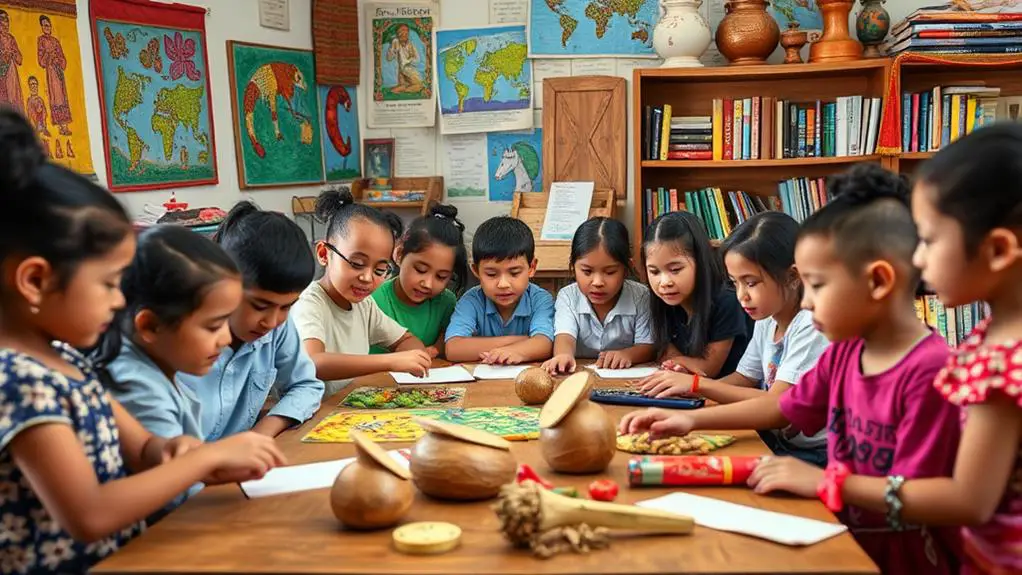
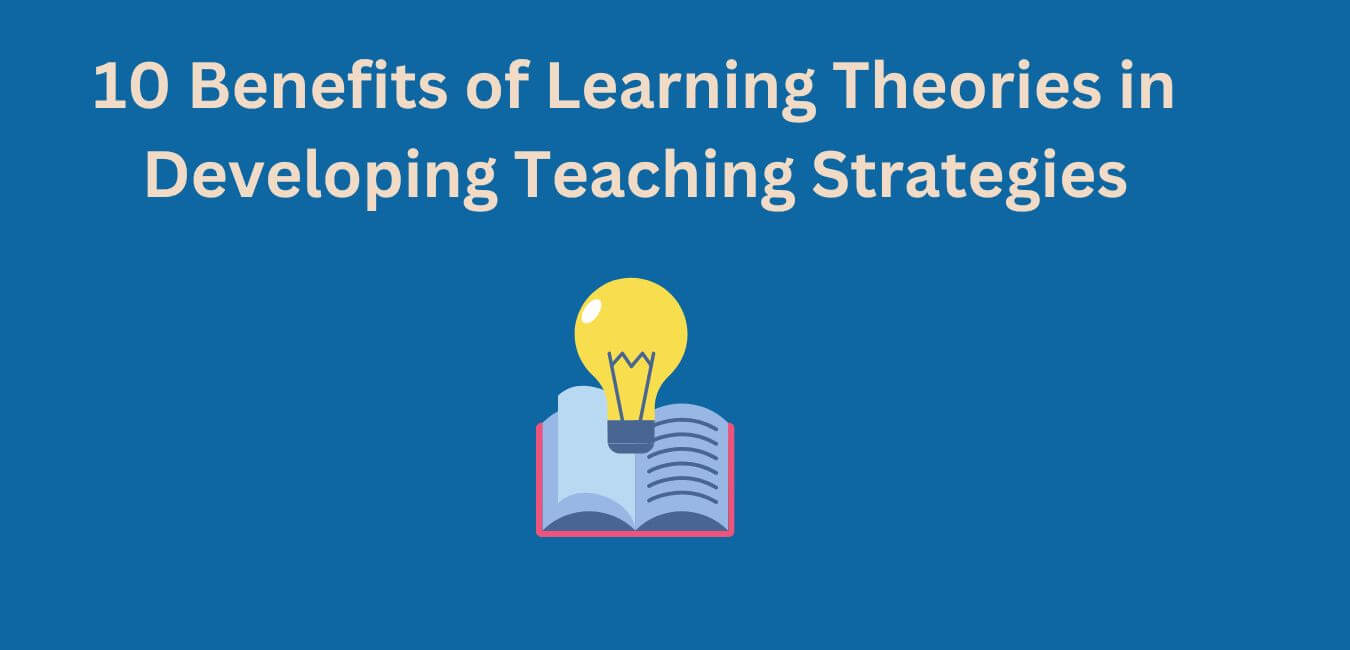
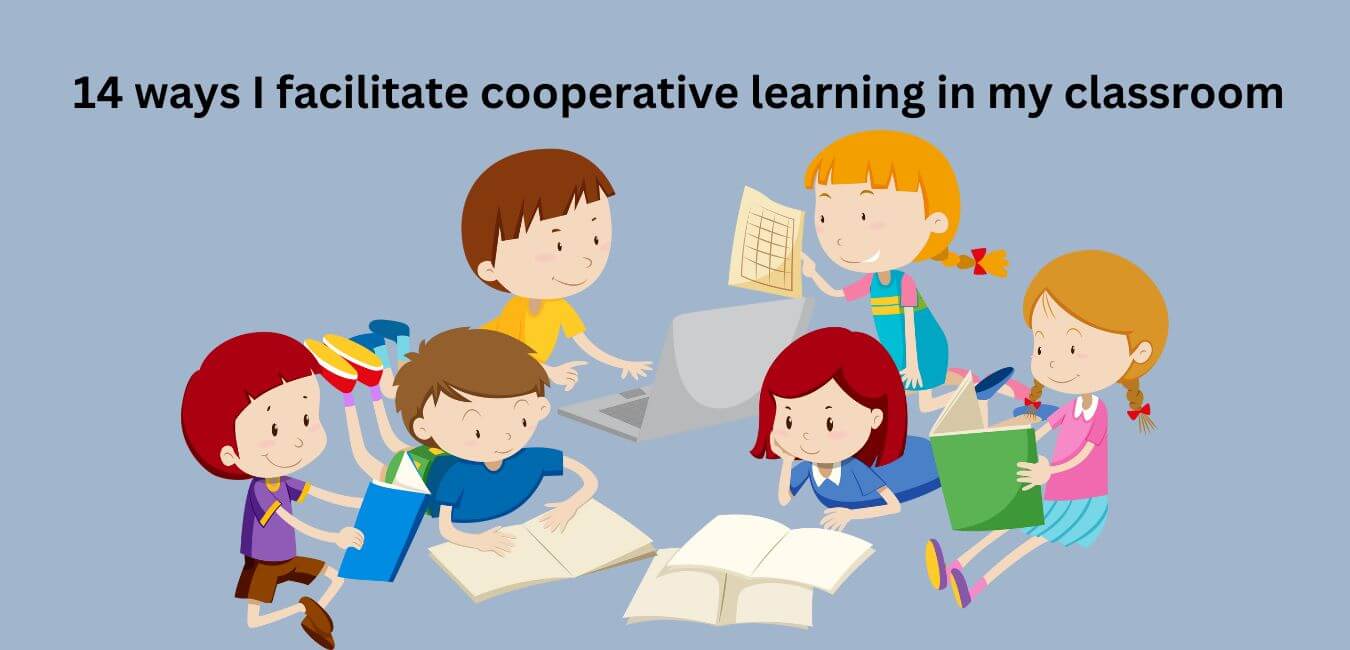
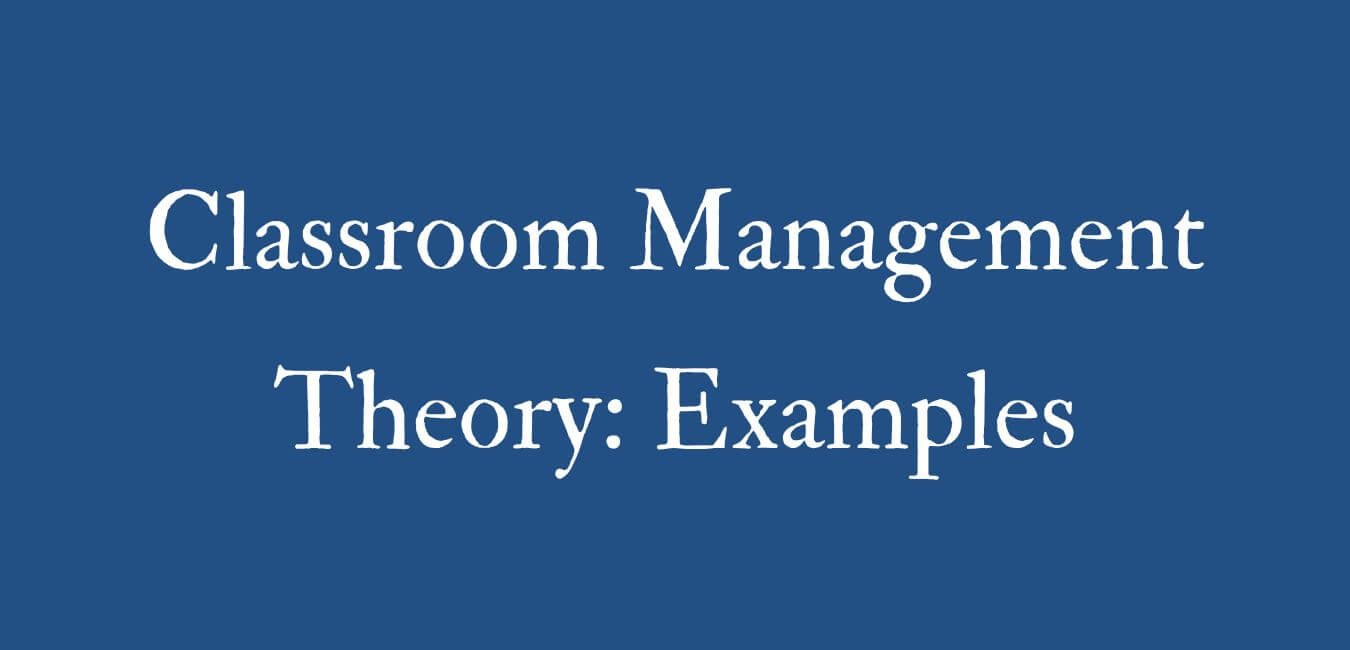
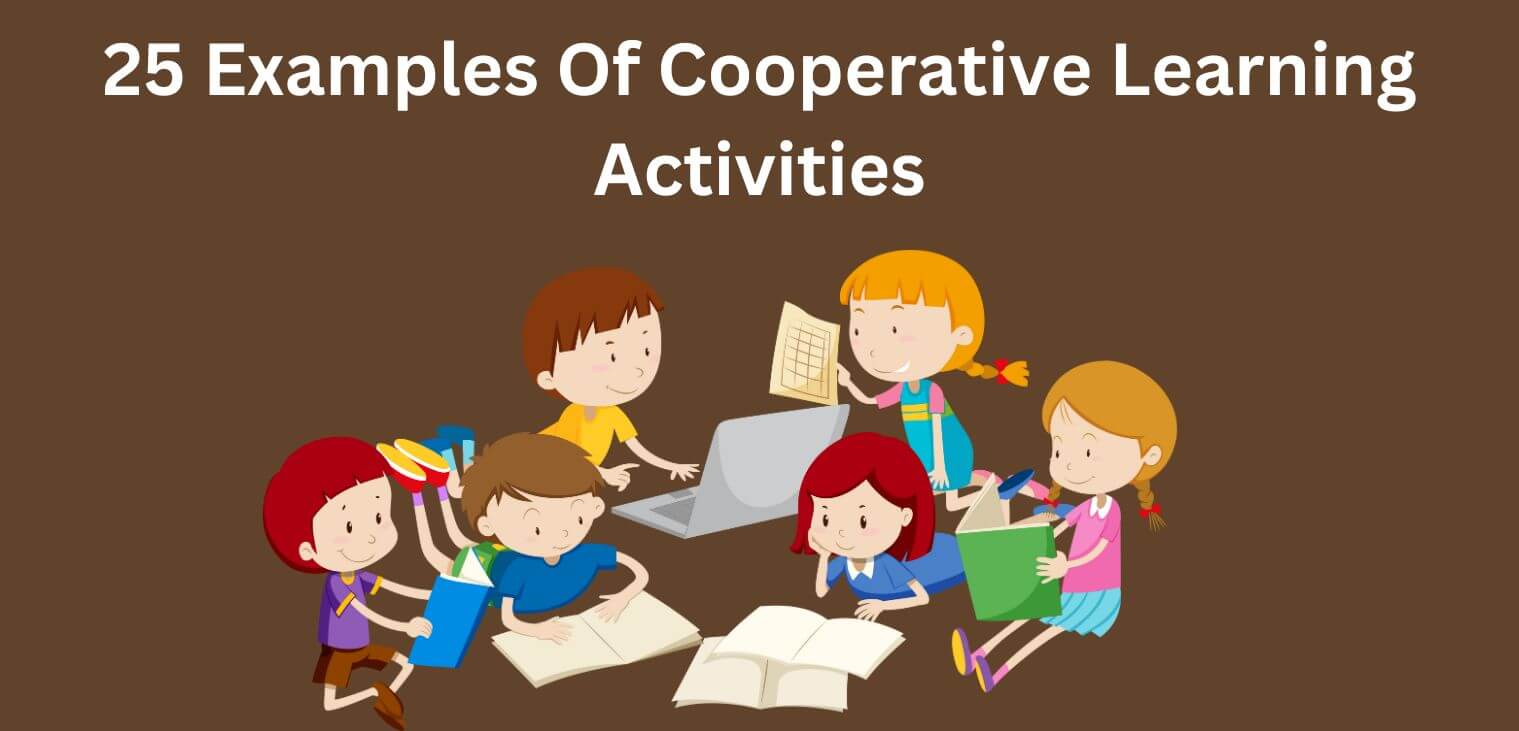
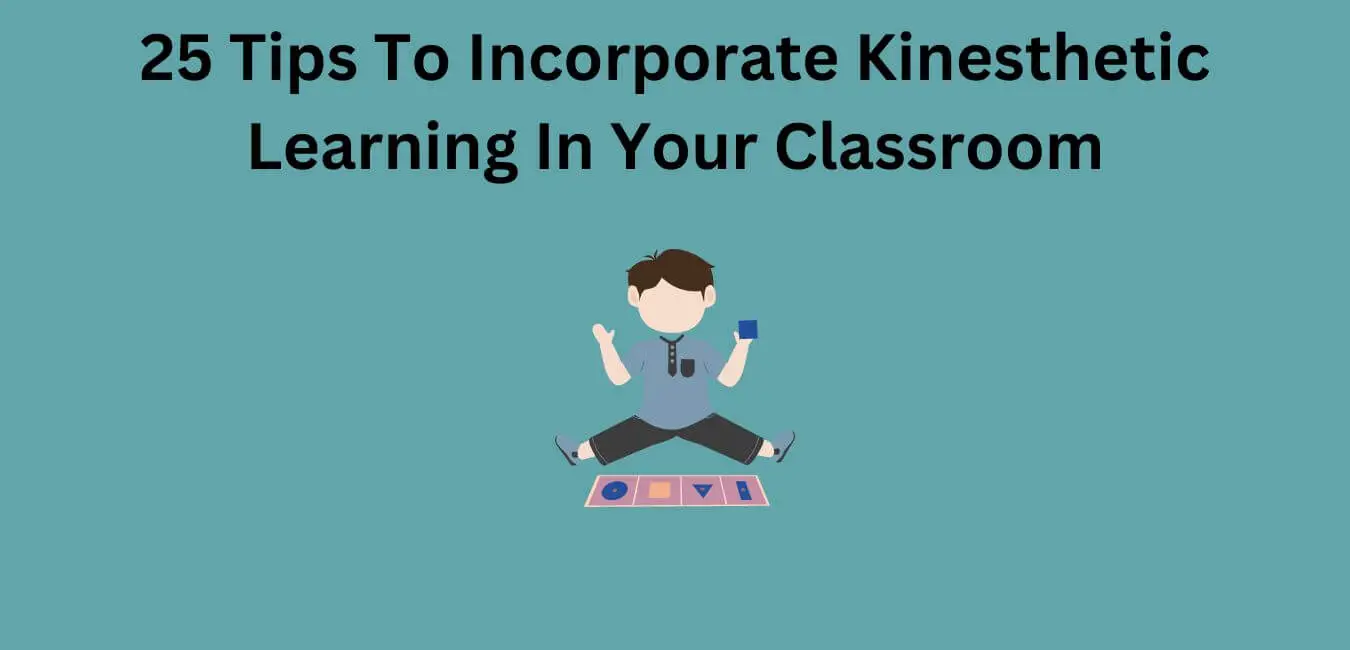
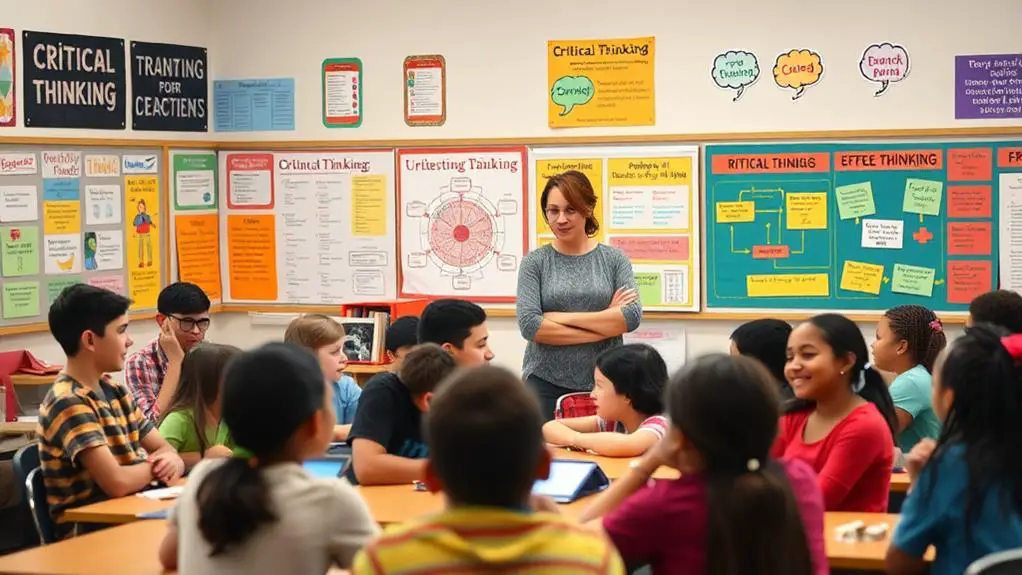
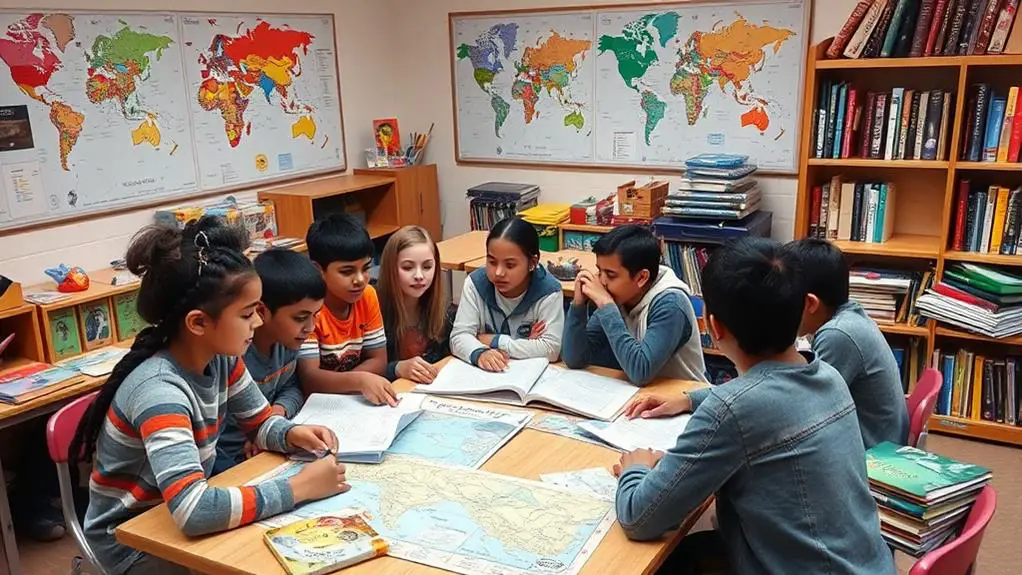
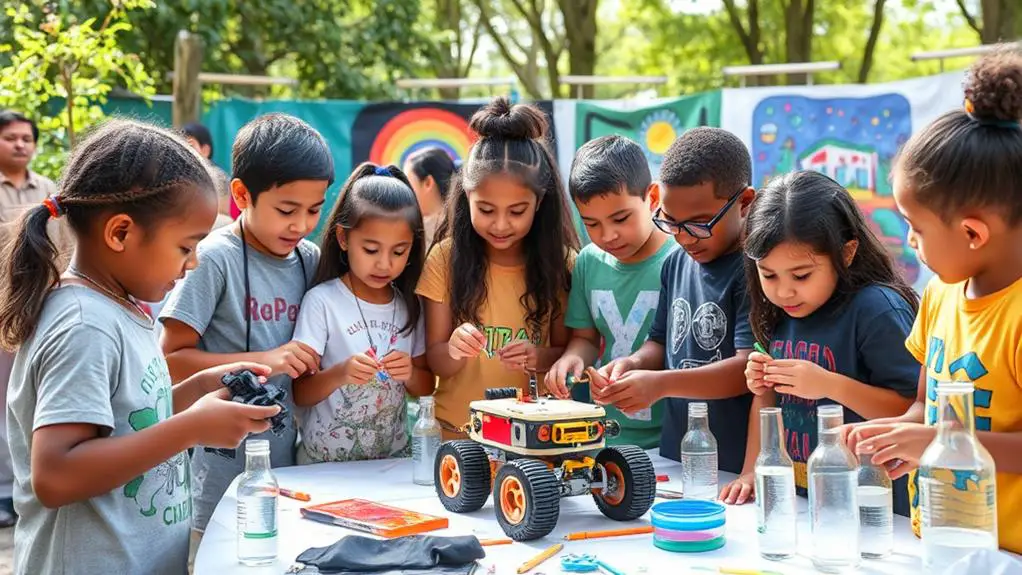
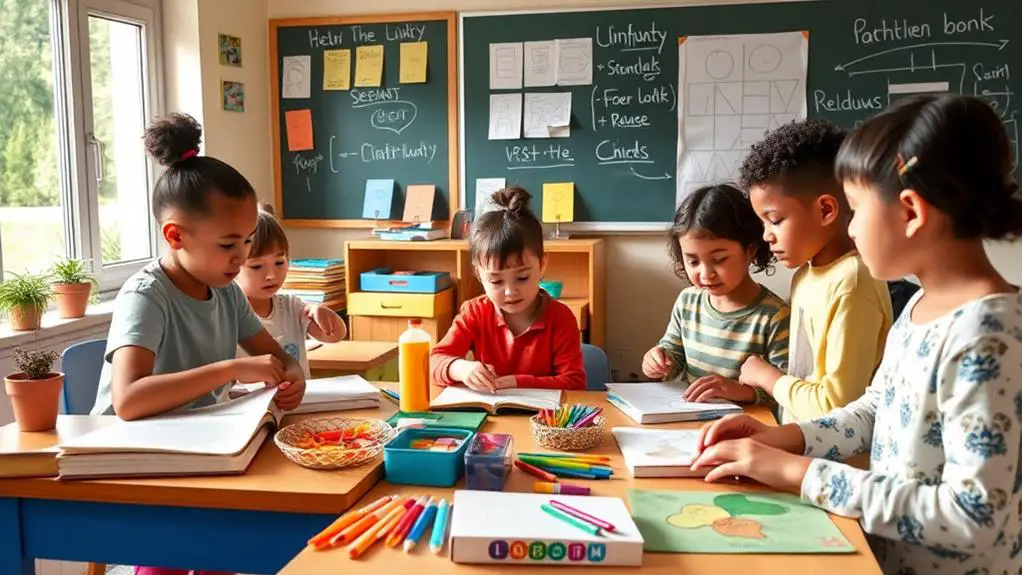
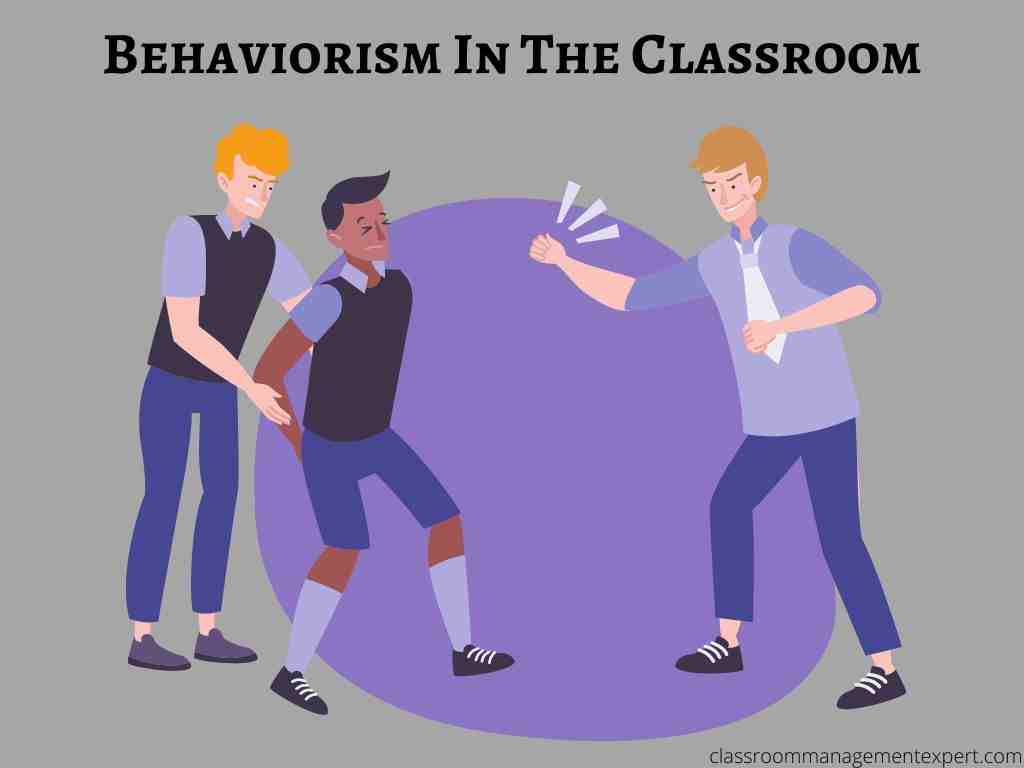
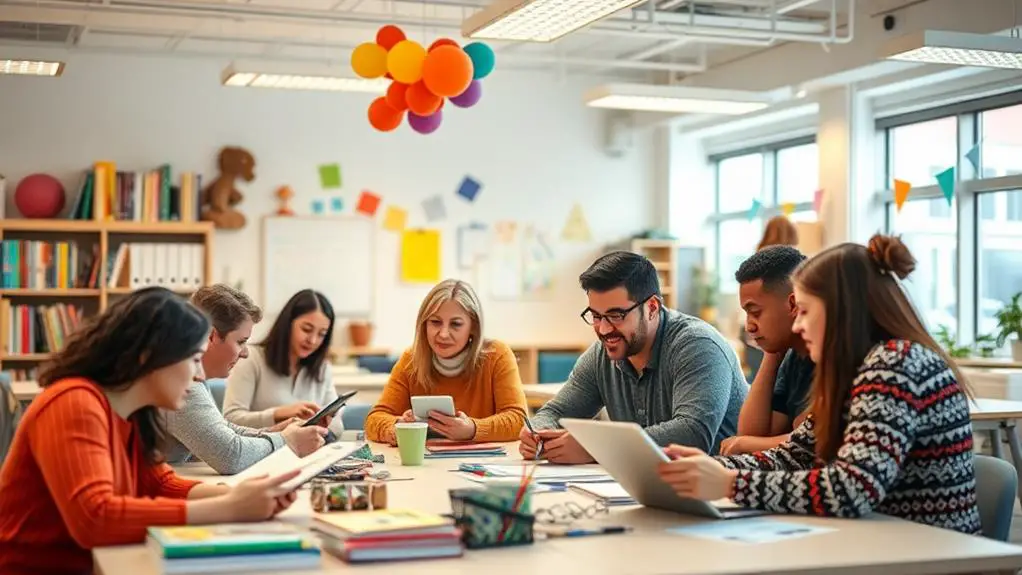
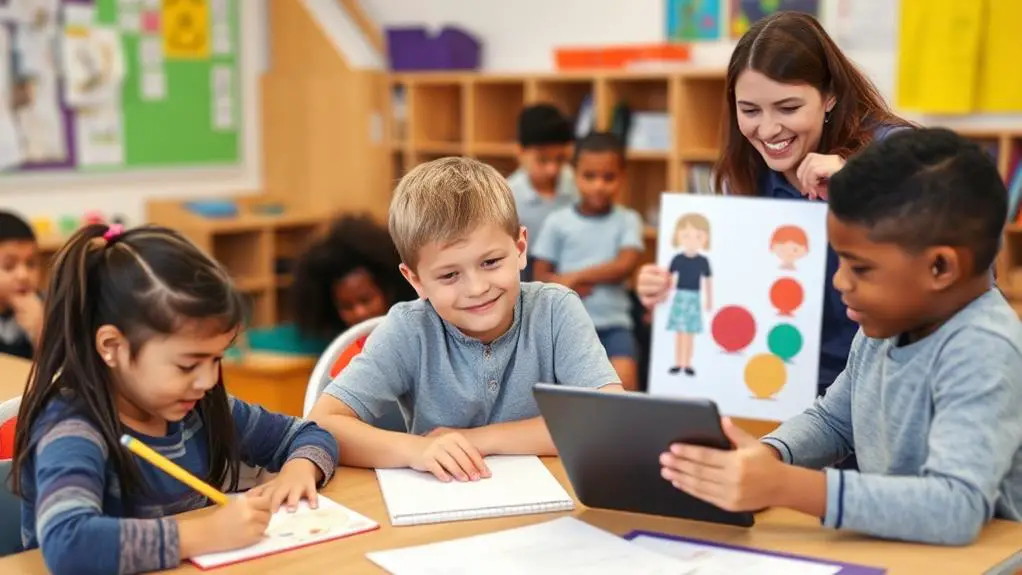

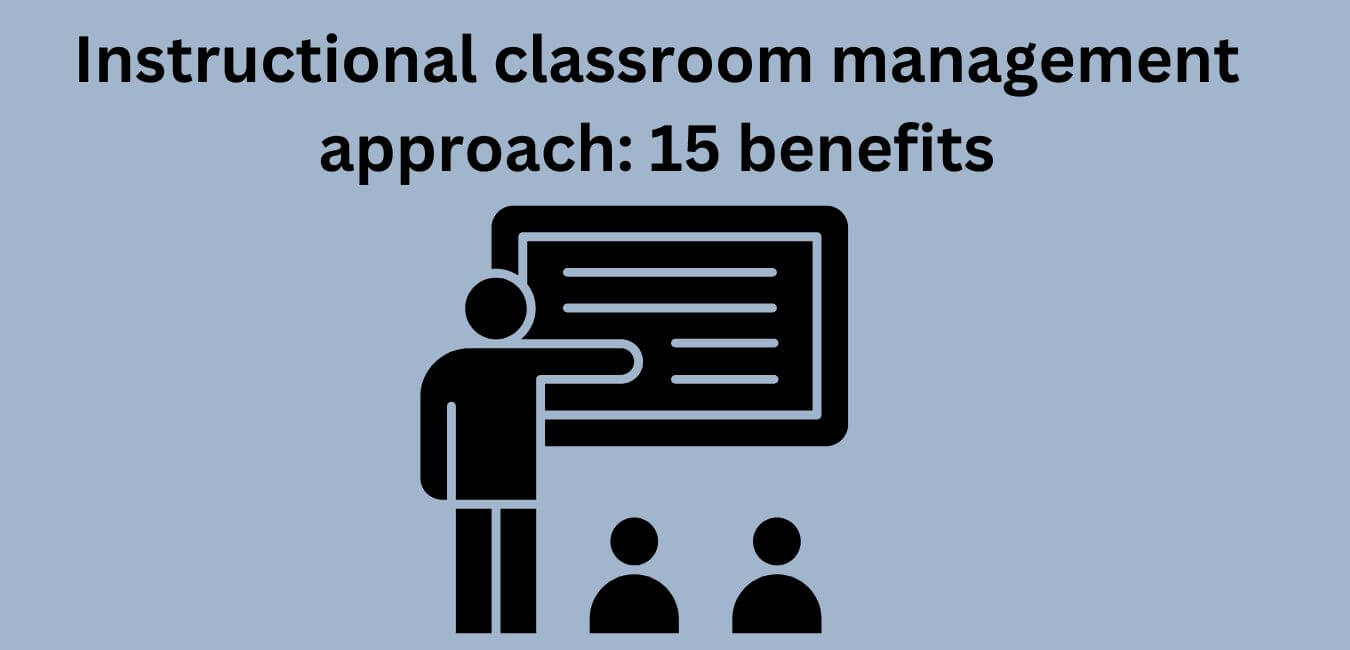
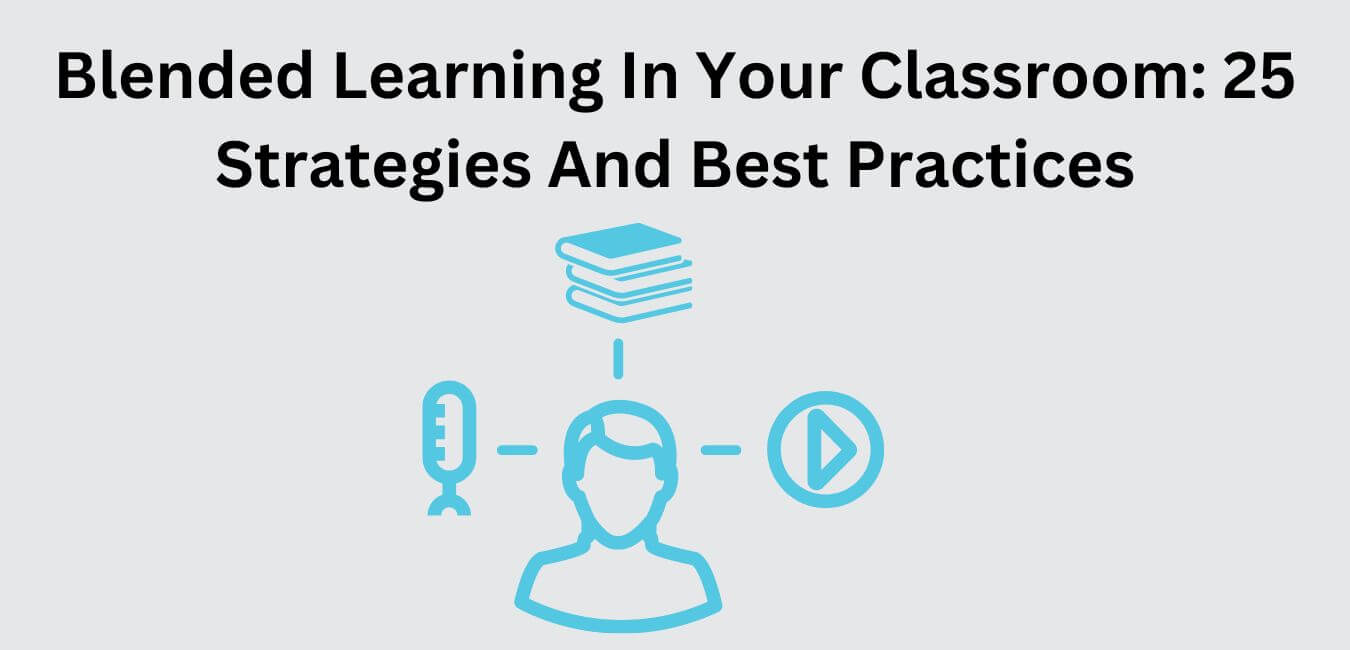



Leave a Reply